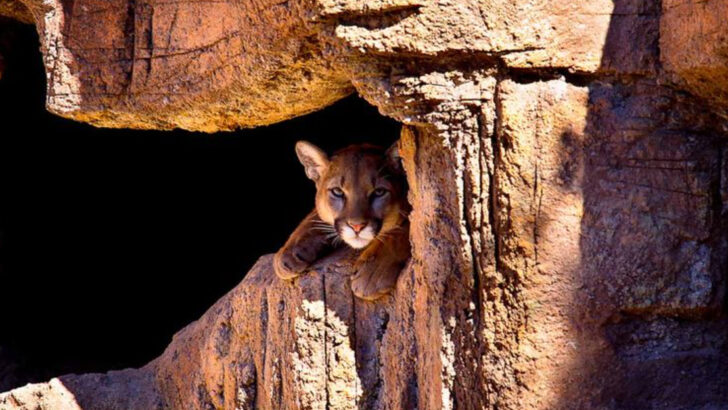Mountain lions are the ghostly rulers of the American wilderness—silent, powerful, and nearly impossible to spot. Yet, in some states, their presence is far from a mystery. These big cats thrive in rugged mountains, dense forests, and even the edges of human development, proving that they are masters of survival.
Some states have become true strongholds for these elusive predators. From the towering peaks of the Rockies to the sprawling deserts of the Southwest, mountain lions roam vast territories, keeping deer populations in check and reminding us that wild places still exist.
But where do they reign supreme? Which states have the largest populations of these stealthy hunters? If you’ve ever wondered where your best (or most spine-tingling) chance of seeing a mountain lion might be, you’re in the right place.
Here are the top 10 states where America’s most mysterious big cat still rules the land.
California
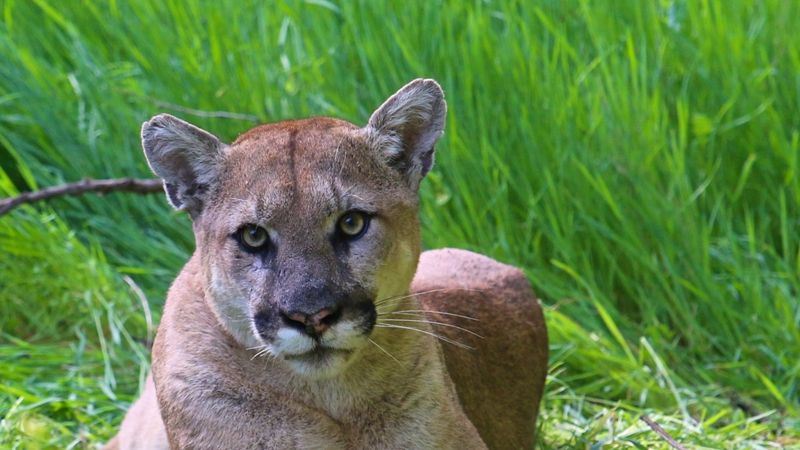
California is renowned for its diverse landscapes, offering mountain lions a vast range to roam. From dense forests to arid deserts, these predators are adaptable.
The state’s wildlife corridors ensure their safe passage, promoting genetic diversity. With a focus on conservation, California boasts one of the largest populations of cougars in the U.S.
Hikers often spot these elusive creatures, especially in protected areas like the Sierra Nevada. The state’s commitment to preserving natural habitats plays a crucial role in maintaining healthy mountain lion numbers.
Colorado
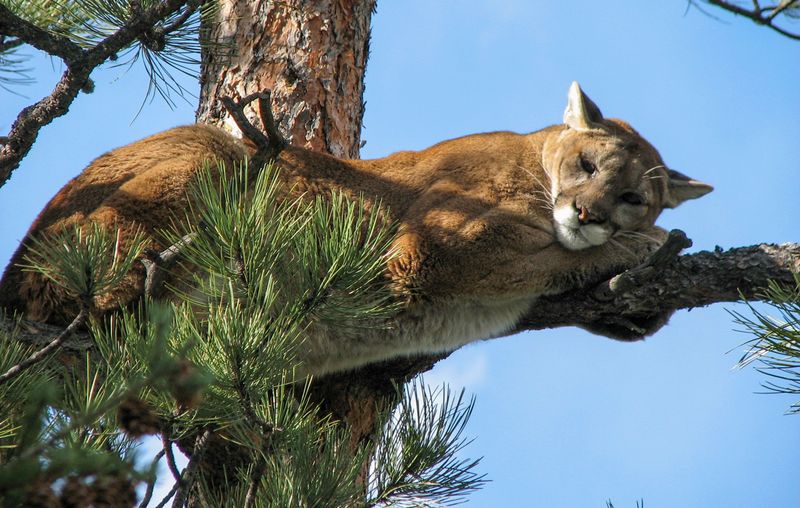
In Colorado, mountain lions find their ideal habitat among the rugged Rockies. These cats are masters of stealth, blending perfectly with their surroundings.
The state’s vast wilderness areas offer plenty of prey, from deer to smaller mammals. Colorado’s conservation efforts have ensured a stable mountain lion population.
Residents often have surprising encounters in rural areas, but education and preventive measures help in coexistence. The emphasis on understanding these predators fosters a respectful relationship between humans and this apex predator.
Arizona
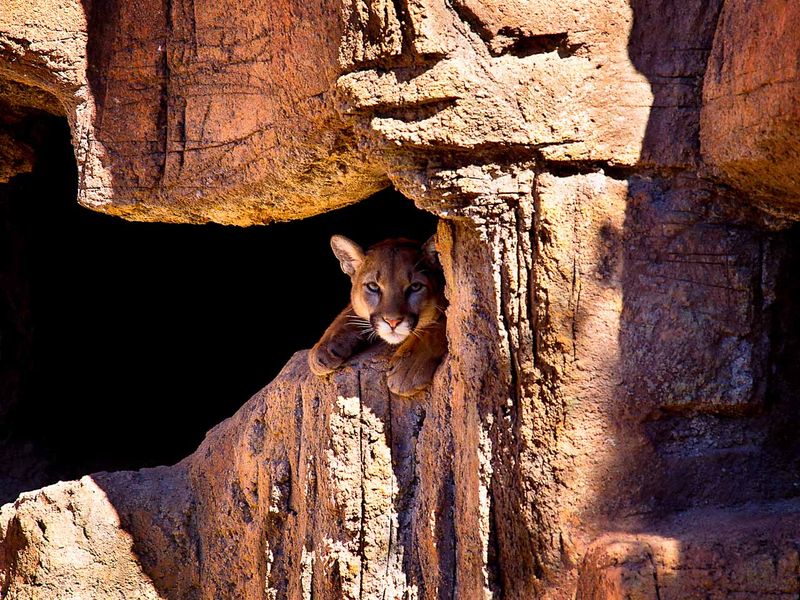
Arizona’s arid landscapes might seem challenging, yet mountain lions thrive here. These adaptable cats make use of rocky terrains and sparse vegetation.
The Grand Canyon state offers them a wide range, from deserts to forested areas. Arizona’s wildlife management programs focus on balanced ecosystems.
Local communities are encouraged to safeguard livestock with innovative solutions. Awareness campaigns highlight the importance of mountain lions in controlling deer populations, maintaining ecological harmony. Their presence is vital to the state’s natural heritage.
Montana
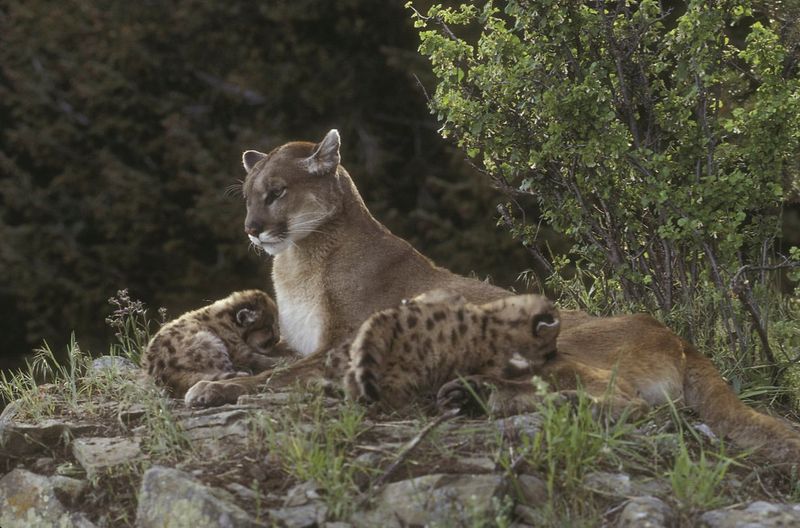
Montana, with its vast expanses of wilderness, is a stronghold for mountain lions. The state’s varied geography includes forests, mountains, and plains.
These environments provide ample hunting grounds for cougars. Montana’s wildlife policies emphasize sustainable populations, fostering healthy numbers.
Encounters with humans are rare but handled with respect for both parties. Initiatives to protect livestock involve community participation, enhancing coexistence strategies. Mountain lions are considered integral to Montana’s ecological balance, playing a significant role in the food chain.
Wyoming
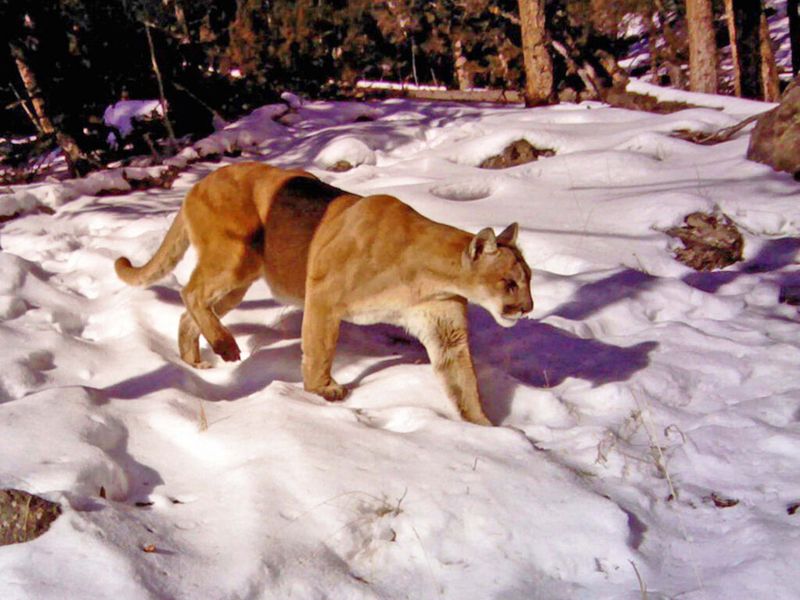
Wyoming’s open landscapes are home to a significant number of mountain lions. These agile hunters navigate cliffs and rugged terrains with ease.
The state’s commitment to preserving wildlife habitats ensures their populations remain stable. Engagement with local ranchers aids in mitigating potential conflicts.
Wyoming’s balanced approach to wildlife management highlights the importance of predators. Such strategies ensure that mountain lions continue to thrive, contributing to the natural equilibrium of this expansive region.
New Mexico
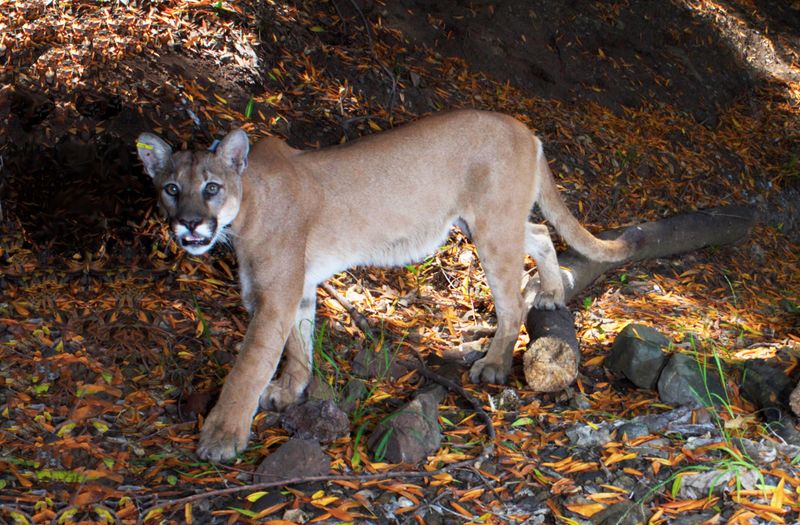
New Mexico’s diverse terrain, from deserts to forests, supports a thriving mountain lion population. These cats are known for their elusive nature.
State wildlife agencies work tirelessly to monitor and maintain healthy numbers. Public education initiatives promote awareness about living alongside these predators.
Efforts to minimize human-wildlife conflicts include innovative livestock protection methods. Their role in maintaining the balance of local ecosystems is widely recognized and appreciated by conservationists.
Idaho
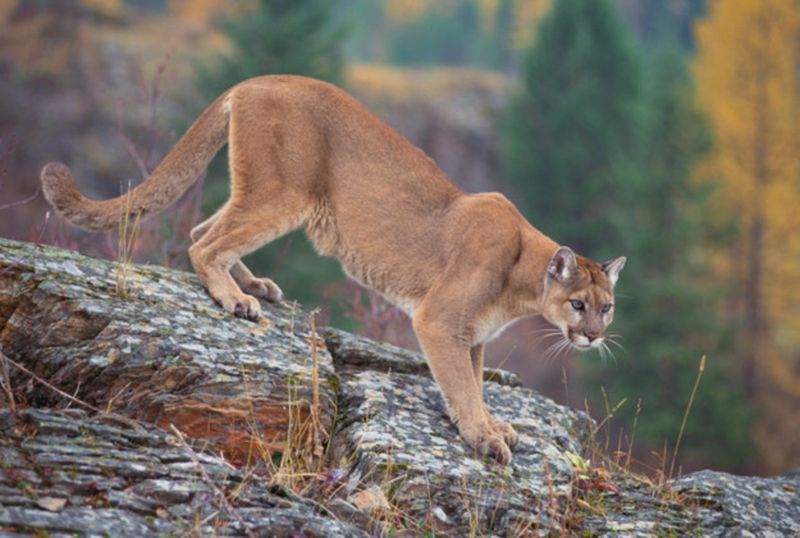
Idaho’s rich forests and extensive wilderness areas provide a haven for mountain lions. These cats are an essential part of the state’s ecosystem.
Efforts to study and track their movements have improved understanding of their behavior and needs. Community engagement is key in fostering coexistence with humans.
By protecting their natural habitats, Idaho ensures that mountain lions maintain a sustainable presence. Their presence is a testament to the state’s dedication to preserving its natural wildlife heritage.
Utah
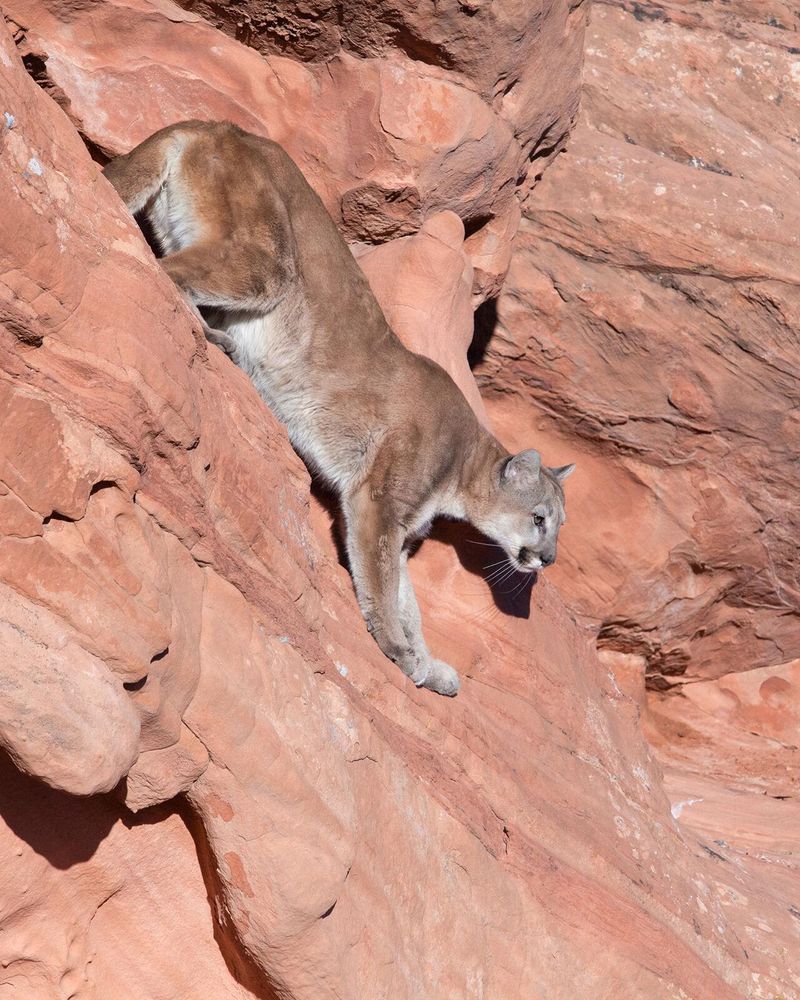
Utah’s dramatic landscapes, from canyons to mountains, are perfect for mountain lions. These predators are well-adapted to the state’s varied environments.
Conservation programs focus on habitat preservation and public education. Understanding mountain lion behavior helps reduce conflicts with humans.
The state’s proactive approach ensures these majestic creatures continue to thrive. Mountain lions contribute to Utah’s rich biodiversity and natural beauty.
South Dakota
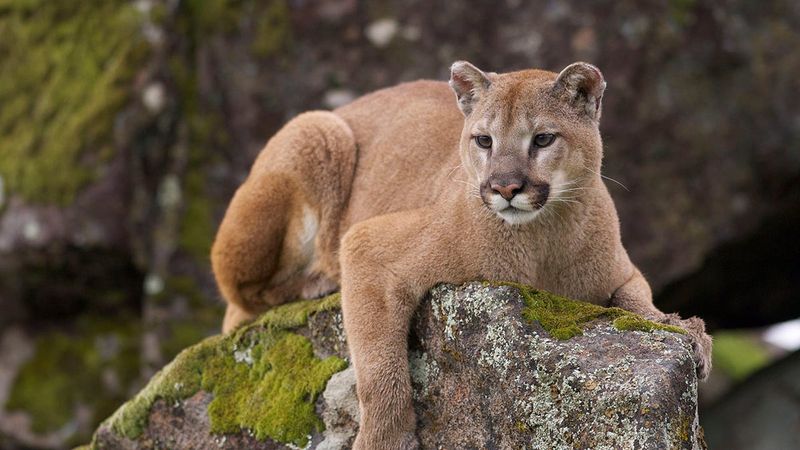
South Dakota, known for its prairies and hills, provides a unique habitat for mountain lions. These agile hunters are adept at navigating the grasslands.
The state’s wildlife management strategies prioritize balanced ecosystems. Public awareness campaigns educate locals on mountain lion behavior and safety.
Efforts to study their populations and movements help in crafting effective conservation policies. Their presence underscores the state’s commitment to wildlife preservation and ecological integrity.
Oregon
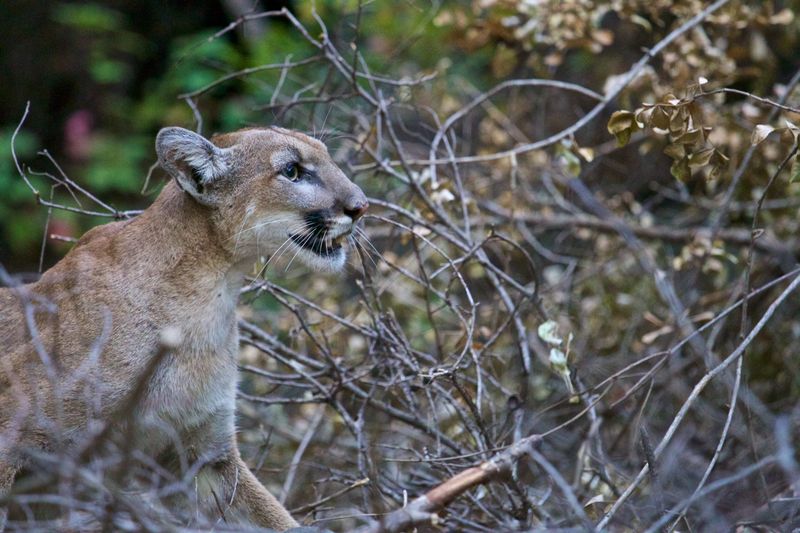
Oregon’s lush forests and rugged coastlines offer mountain lions an ideal environment. These solitary animals thrive in the state’s varied ecosystems.
Conservationists work to ensure their habitats are protected and free from human encroachment. Research initiatives focus on understanding their role in the food web.
By keeping prey populations in check, mountain lions help maintain ecological balance. Oregon’s dedication to wildlife conservation supports a healthy cougar population, vital for the state’s natural landscape.

